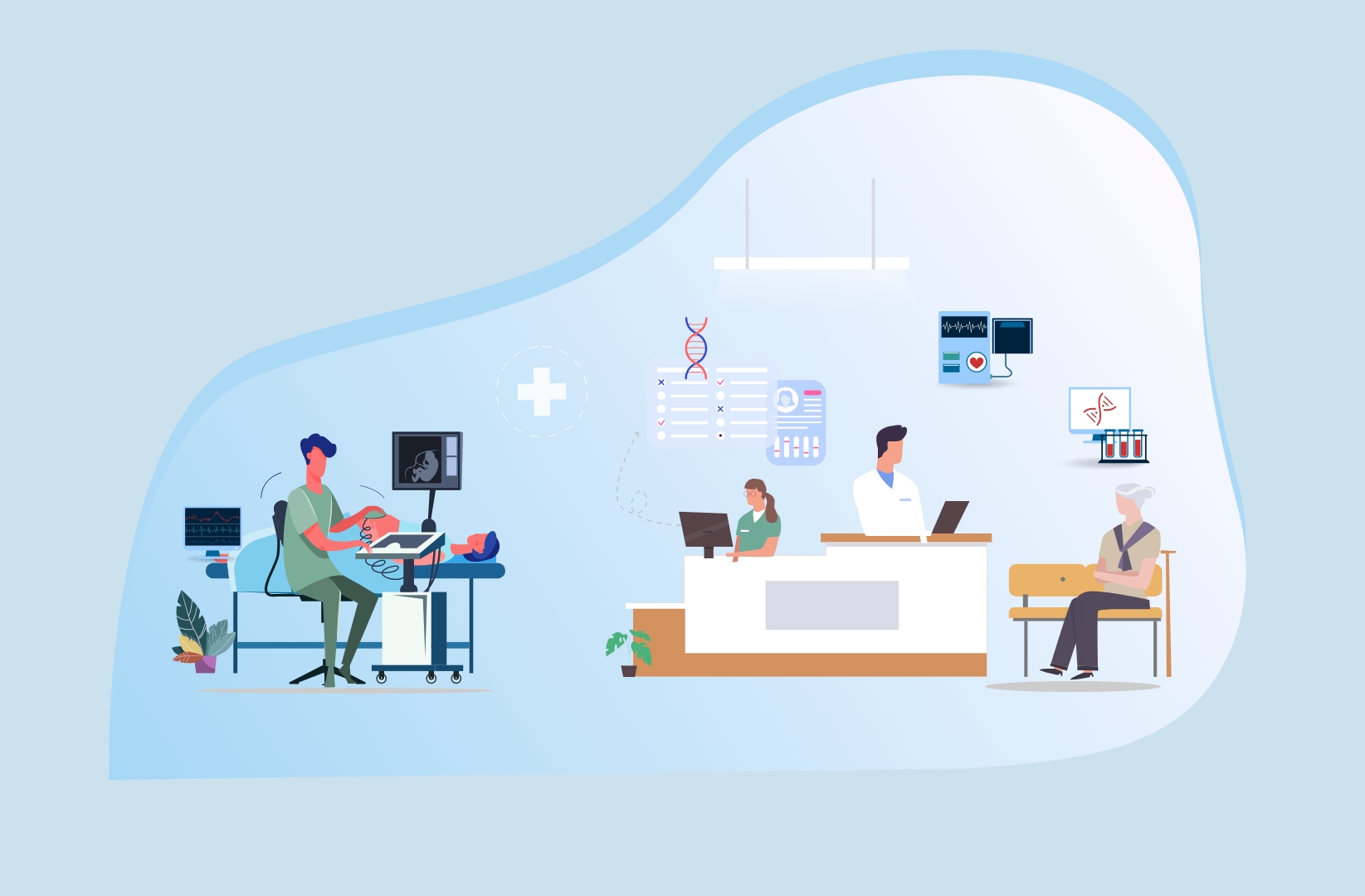As healthcare shifts towards a more patient-centric approach, health providers across the world are looking for innovative ways to enhance the patient care journey. The infusion of software solutions into the healthcare industry has helped providers improve the overall patient experience. One of these solutions is Care Orchestration, a method that uses Information Technology (IT) to improve the care journey. Care Orchestration can be defined as the coordination of many complex computer systems, servers, and applications in a way that enhances the care journey. In a clinical setting, Orchestration allows for a simplification of patient workflows and an overall improvement in efficiency. Care Orchestration helps healthcare providers streamline their existing care journey by identifying and addressing their current inefficiencies.
Care Orchestration and Value-Based Care
Care Orchestration is an instrumental asset for health systems that seek to adopt a value-based outlook. This system is a polar opposite from the traditional fee-for-service view as value-based care rewards health systems that can improve patient experiences and outcomes. Orchestration allows clinics to achieve this by streamlining the entire patient workflow. Patients are not met with any unwanted obstacles at any point in their care journey. The data processing efficiency of orchestration tools increases the speed at which physicians can treat and diagnose patients.

How Artificial Intelligence works with Orchestration
Artificial Intelligence (AI) has become increasing popular as a reliable solution for modern health tech issues. AI is well known for its operational efficiency thanks to its command of complex human attributes such as comprehension, interpretation, and analysis. It becomes quite evident that AI and Orchestration are similar concepts by reviewing their capabilities. In fact, many health systems employ a software system that uses AI and Orchestration together. The difference between these concepts lies in the scale of their abilities. AI is generally used for Replacing human services by introducing automation for individual tasks. This is in contrast with Orchestration which generally involves the coordination of complex, multi-step procedures. Using AI and Orchestration together results in an automated workflow that requires little human input. This partnership is extremely efficient due to the ability of AI to process millions of data points in a matter of seconds. Orchestration is also quite productive as it allows AI to automate over a series of procedures rather than just one action.
Benefits of Orchestration
The introduction of Orchestration into a clinical setting has brought many positive results for both care providers and patients. Here are some of the primary benefits:
- Smoother Care Journey: Having a straightforward care journey greatly benefits patients as their once tiresome and time-consuming clinical visits are now simple and convenient. By displaying command of complex methods, Orchestration ensures that there are no gaps in the care journey. Patients are expedited through the care journey in an efficient manner, enhancing the patient outcomes and improving the overall experience.
- Increased Operational Efficiency: Care Orchestration helps health systems simplify their workflow processes while maximizing the available resources. Effective orchestration performs tasks such as data organization in a fraction of the time that humans would take. This means Clinical staff can perform their duties more effectively while also gaining the ability to spend more time with patients.
- Increased Profits: Another operational benefit of Orchestration is its ability to positively impact a clinic’s bottom line. The aforementioned efficiency allows clinics to expand their capacity and serve more patients. This allows for an increase in revenue without compromising on quality of care. Clinics are simultaneously able to lower their costs as orchestration prevents expensive rifts in operation such as referral leakage.
Care Orchestration is extremely powerful with the potential to transform health systems across the country. The extensive multi-faceted approach in improving the experience of both patients and care providers separates orchestration from other IT solutions.
Talk to us to understand more about the advancements in the healthcare industry and we will guide you to achieve our common goal “Quality Care for All” seamlessly.







